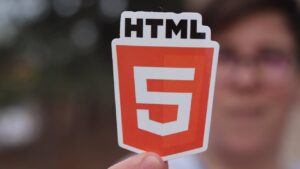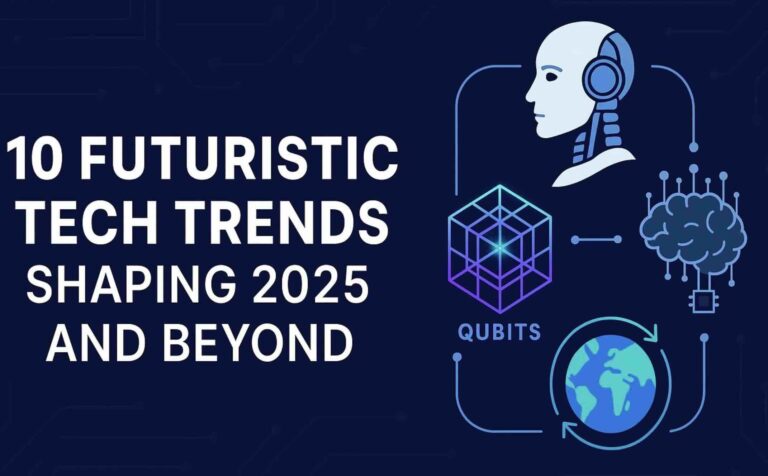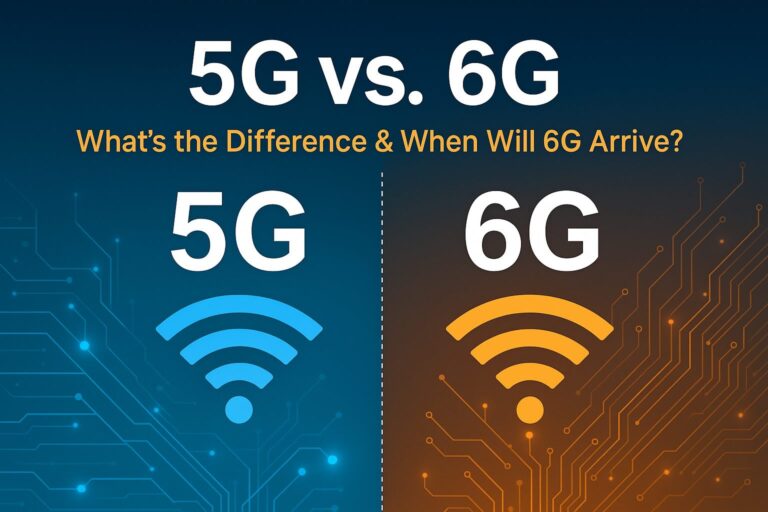Large Language Models (LLMs) have revolutionized natural language processing (NLP) and artificial intelligence (AI). Open-source LLMs, in particular, offer accessibility and flexibility, enabling developers to create innovative applications. Here, we explore the top 10 open-source LLMs that can be used to build extraordinary projects.
1. GPT-3 by OpenAI
Description: GPT-3 (Generative Pre-trained Transformer 3) is one of the most powerful language models available. While its complete version is not open-source, OpenAI has released GPT-3-based APIs that developers can use.
Key Features:
- 175 billion parameters
- Few-shot learning capability
- Versatile and flexible
Applications:
- Automated content generation
- Conversational agents and chatbots
- Code generation and debugging
- Personalized recommendations
Notable Projects:
- AI Dungeon: An interactive storytelling game
- ChatGPT: OpenAI’s conversational AI
2. GPT-Neo by EleutherAI
Description: GPT-Neo is an open-source alternative to GPT-3, developed by EleutherAI. It is designed to replicate the performance of GPT-3 with openly available code and models.
Key Features:
- Multiple model sizes (1.3B and 2.7B parameters)
- Comparable performance to GPT-3
Applications:
- Text generation
- Summarization
- Translation
- Creative writing
Notable Projects:
- Multiple community-driven NLP tools and applications
3. BERT by Google
Description: BERT (Bidirectional Encoder Representations from Transformers) is a transformer-based model pre-trained on a large corpus. It excels in understanding the context of words in a sentence.
Key Features:
- Bidirectional training
- Pre-trained on large corpus
Applications:
- Question answering
- Named entity recognition
- Text classification
- Sentiment analysis
Notable Projects:
- Google’s search engine improvements
- Various NLP benchmarks
4. T5 by Google
Description: T5 (Text-to-Text Transfer Transformer) converts all NLP tasks into a text-to-text format, making it versatile for various applications.
Key Features:
- Text-to-text framework
- Unified model for multiple NLP tasks
Applications:
- Text generation
- Translation
- Summarization
- Question answering
Notable Projects:
- Advancements in translation services
- Enhanced text summarization tools
5. RoBERTa by Facebook AI
Description: RoBERTa (Robustly Optimized BERT Approach) is an optimized version of BERT with improved training methodologies and larger datasets.
Key Features:
- Larger training dataset
- Longer training time
Applications:
- Text classification
- Question answering
- Named entity recognition
- Sentiment analysis
Notable Projects:
- Enhanced NLP pipelines in research and industry
6. DistilBERT by Hugging Face
Description: DistilBERT is a smaller, faster, cheaper, and lighter version of BERT. It retains 97% of BERT’s language understanding capabilities.
Key Features:
- Smaller model size
- Faster inference
Applications:
- Mobile and embedded NLP applications
- Real-time language understanding
- Chatbots
Notable Projects:
- Efficient NLP models for low-resource environments
7. XLNet by Google/CMU
Description: XLNet is a generalized autoregressive pretraining method that outperforms BERT on several benchmarks by considering permutations of input sequences.
Key Features:
- Permutation-based training
- Improved performance over BERT
Applications:
- Text generation
- Question answering
- Text classification
Notable Projects:
- Improved performance on language understanding benchmarks
8. ALBERT by Google
Description: ALBERT (A Lite BERT) is a lightweight version of BERT that reduces model size while maintaining performance.
Key Features:
- Parameter sharing across layers
- Factorized embedding parameterization
Applications:
- Text classification
- Question answering
- Named entity recognition
Notable Projects:
- Scalable NLP models for large-scale applications
9. CTRL by Salesforce
Description: CTRL (Conditional Transformer Language) is designed for controllable text generation, allowing users to guide the output style and content.
Key Features:
- Conditional text generation
- Large training dataset
Applications:
- Creative writing
- Controlled content generation
- Marketing copywriting
Notable Projects:
- Customized content generation for marketing and entertainment
10. Transformer-XL by Google/CMU
Description: Transformer-XL extends the context length of the transformer model, enabling it to learn dependencies beyond a fixed-length context.
Key Features:
- Longer context length
- Improved memory efficiency
Applications:
- Language modeling
- Text generation
- Sequence-to-sequence tasks
Notable Projects:
- Long-form text generation
- Improved language models for extended contexts
Conclusion
These open-source LLMs offer robust capabilities for various applications, from text generation to complex language understanding tasks. By leveraging these models, developers can create extraordinary projects that push the boundaries of what is possible with AI and NLP. Whether it’s building advanced conversational agents, generating creative content, or improving language translation, these LLMs provide the tools needed to innovate and excel.












